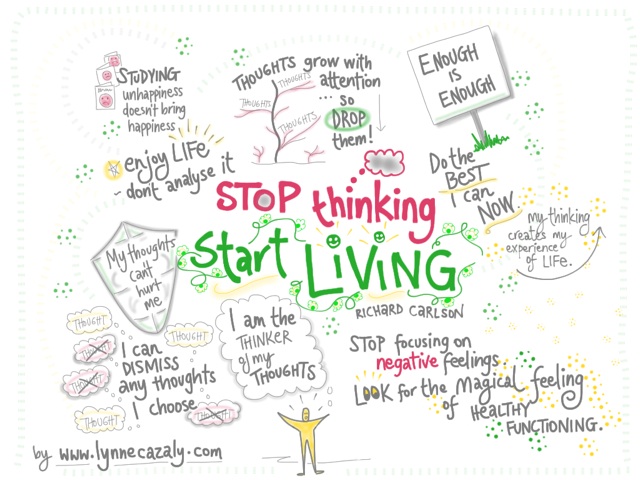Are you comfortable calling yourself a leader?
 Wednesday, January 29, 2014 at 10:31AM
Wednesday, January 29, 2014 at 10:31AM I had the opportunity to watch a video of a short TEDx Talk from Drew Dudley on Everyday Leadership last week.
A leader who delivered a presentation used this talk as part of his session. It was a lovely surprise - to shift the focus from the speaker presenting, and let someone else build on and support your message. (Using a TED talk in your talk!)
But Drew's talk was also a delight because it was brief, clear, and revolved around a key story of everyday leadership.
He reminds us that we do things that can have a BIG impact on others… and not even be aware of it. We don't take credit it for it or acknowledge it. He says we should redefine leadership. We need to tell people they had that impact on us. That's a part of everyday leadership.
Drew refers to these 'lollipop moments' - based on his story about handing out a lollipop earlier in his life.
He believes we should thank the people who have had an impact on us, acknowledge them, create more of these moments and 'pay it forward'. It's an important part of leadership!
So in your roles in your work, business, family and community lives, tell someone they were a lollipop moment - that they had an impact on you. Because you can be sure that you too have had a big impact on others. You are being a leader.
You matter so much to others.
Be comfortable with that. 






















